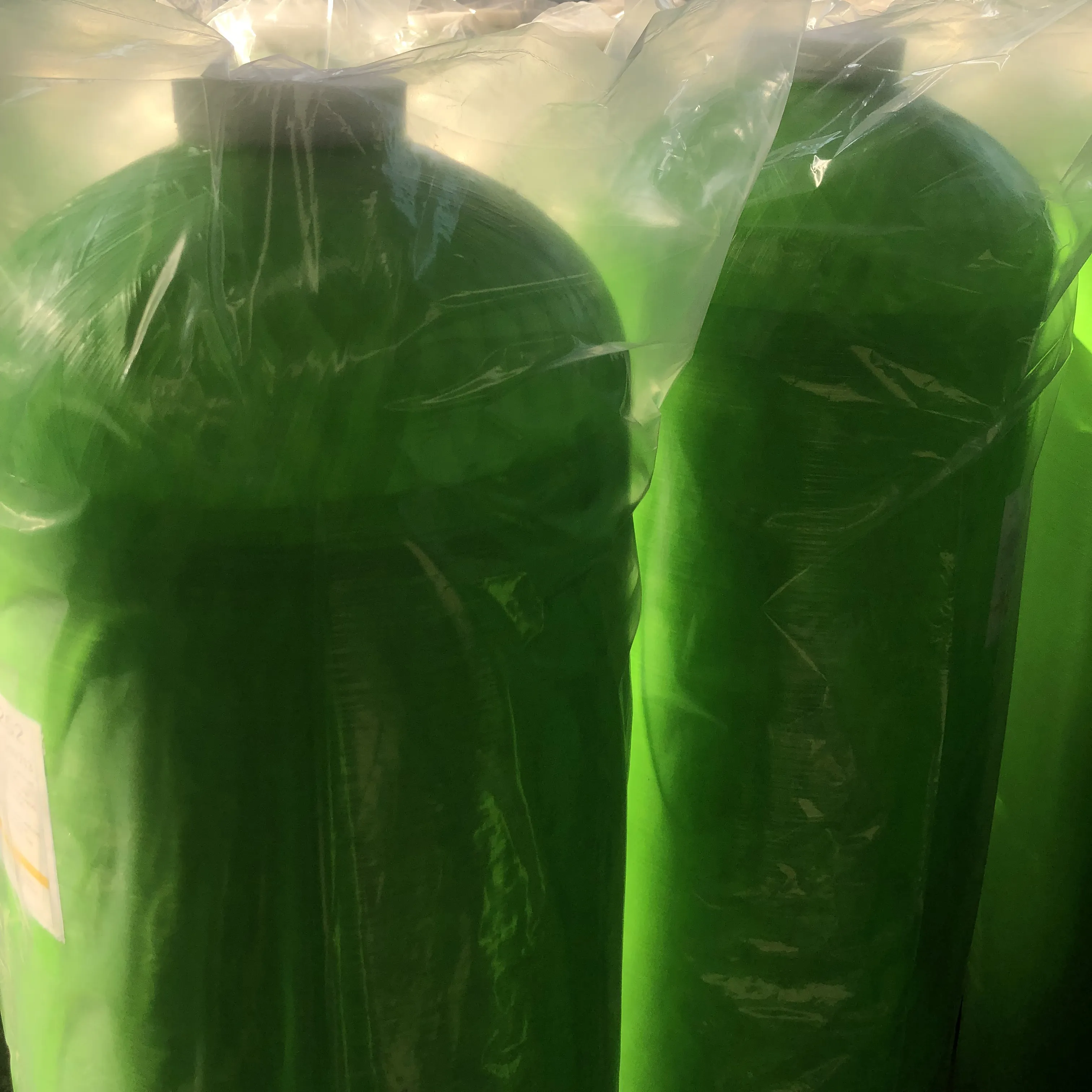loading...
- No. 9, Xingyuan South Street, Dongwaihuan Road, Zaoqiang County, Hengshui, Hebei, China
- admin@zjcomposites.com
- +86 15097380338
- Welcome to visit our website!
Advancements in Fiber Reinforced Polymer Bars for Enhanced Structural Applications
Fiber Reinforced Polymer Bars A Revolutionary Solution in Construction
Fiber Reinforced Polymer (FRP) bars are emerging as a groundbreaking alternative to traditional reinforcement materials, like steel rebar, in the construction industry. Composed of a polymer matrix reinforced with high-strength fibers—typically carbon, glass, or aramid—FRP bars offer numerous advantages that enhance structural performance and longevity.
One of the primary benefits of FRP bars is their exceptional resistance to corrosion. Unlike steel, which is prone to rust when exposed to environmental elements, FRP bars maintain their integrity even in harsh conditions. This makes them particularly beneficial in regions with high humidity, saline environments, or extreme temperatures. By using FRP bars, engineers can significantly extend the lifespan of structures, reducing the need for costly repairs and replacements.
Additionally, FRP bars are lightweight compared to traditional steel rebar. This characteristic simplifies handling and installation processes, ultimately reducing labor costs and construction time. Their lighter weight also means less structural load, which can be advantageous in seismic zones or when building cantilever structures. This property facilitates more innovative architectural designs without compromising safety.
Furthermore, the high tensile strength of FRP bars offers superior performance in tension applications. This strength allows for reductions in the cross-sectional area of the bars needed for reinforcement, optimizing material usage without sacrificing structural integrity. The result is an economically favorable solution, as less material equates to lower costs and reduced environmental impact.
fiber reinforced polymer bars

Another notable advantage of fiber reinforced polymer bars is their electromagnetic neutrality. Unlike metal rebar, which can interfere with electromagnetic fields, FRP bars do not conduct electricity. This property is particularly useful in structures that house sensitive electronic equipment, ensuring uninterrupted operation and safeguarding expensive technological investments.
Moreover, FRP bars can be tailored to meet specific project requirements through the selection of fiber types, orientations, and polymer resins. This customization allows engineers to fine-tune the mechanical properties of the reinforcement, such as strength and stiffness, ensuring that the final product precisely meets the needs of the application.
Despite their many advantages, the adoption of FRP bars in construction has faced some challenges, particularly regarding initial costs. While the upfront investment can be higher than that of traditional materials, the long-term savings gained through reduced maintenance and extended durability often offset these initial expenditures. Education and awareness within the construction industry play crucial roles in overcoming these barriers, as more professionals become familiar with the benefits and applications of FRP technology.
In conclusion, fiber reinforced polymer bars represent a significant advancement in construction materials, offering durability, cost-effectiveness, and versatility. As awareness of their advantages grows, the integration of FRP bars into construction practices is likely to increase, paving the way for more resilient and innovative structures in the future. The combination of high performance and environmental sustainability positions fiber reinforced polymer bars at the forefront of modern construction technology.
-
Revolutionizing Industrial Safety with ZJ Composites' Mini Mesh GratingNewsNov.14,2025
-
Premium FRP Profiles and FRP Grating Revolution for Global WholesalersNewsNov.14,2025
-
Ultimate Strength with ZJ Composites FRP Profiles for Wholesale SuccessNewsNov.14,2025
-
ZJ Composites Covered Grating – The Durable Flooring Solution for Smarter Industrial SpacesNewsNov.14,2025
-
Mini Mesh Grating Enhancing Strength and Style in Every ProjectNewsNov.14,2025
-
FRP Pressure Vessels by ZJ CompositesNewsNov.14,2025
-
Transforming Industrial Spaces with Advanced Frp GratingNewsNov.11,2025
